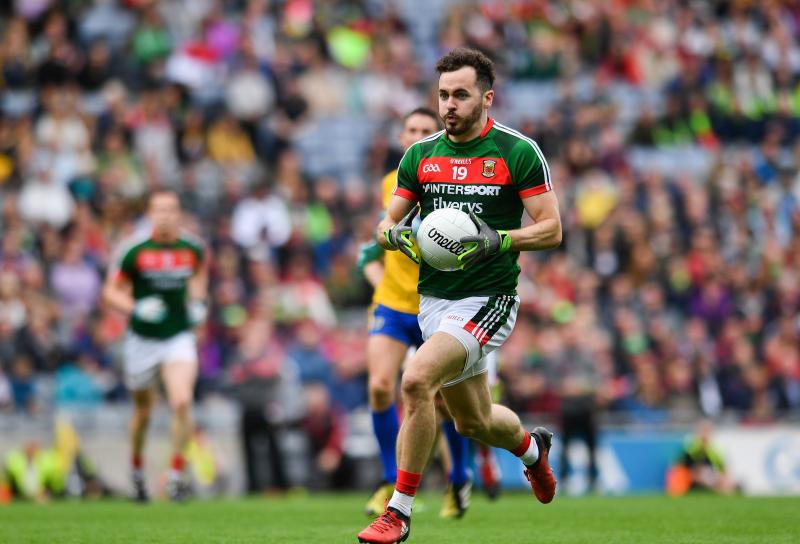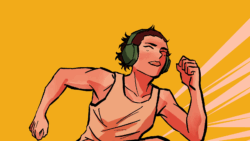Yankees-Red Sox is kid’s stuff. Duke-UNC is a joke. Don’t even talk to me about Warriors-Cavs.
There is only one great rivalry in global sports, one that overshadows all the rest. One that was born from a religious curse and bred through constant heartache.
I’m talking, of course, about the Dublin-Mayo rivalry in men’s Gaelic football. Everything else pales in comparison.
Gaelic football is a beautiful game. It’s brutal, violent, gritty, and graceful. It’s fast and uninterrupted. Most importantly, it’s pure.
Gaelic football and hurling are the two most popular sports in Ireland. The Gaelic Athletic Association, which administers both sports nationwide, is completely amateur. Players don’t get paid, but neither do coaches, and there are no owners. All profits go back into the game, providing kits and trainers for youth clubs. The athletes, some of the most famous and admired people in the entire country, have day jobs.
In Gaelic football, you’re on a team for life. You play for your hometown team, and, if you’re good enough, your home county. There are no trades and no free agents. Loyalty is everything. There is no other option.
The massive pitch forces players to run about nine or 10 miles per game, each pass and dribble requiring precise technical skill. But it’s also extremely physical, with a unique card system allowing players more leeway to make daring challenges. The game contains elements of rugby, soccer, and volleyball, but the result is unlike anything I’ve ever seen before.
Rivalries are fierce. Reputations of entire counties and their ways of life are on the line. Winning means far more, and losing cuts far deeper. For the finalists, earning a trip to Dublin’s Croke Park, the site of the championships, is a sacred pilgrimage. And for the winners, hoisting the Sam Maguire Cup is nothing short of a religious experience.
Mayo, sadly, is used to losing. Located in the western province of Connacht, Mayo sits in the remote northwestern coast of the country, with just over 100,000 residents and one of the nation’s largest Gaelic-speaking populations. Still, they’ve managed to hang with the urban powerhouses containing up to five times their population. It’s a football county through and through, with both the men’s and women’s team thriving year after year.
The men’s team last won an All-Ireland championship in 1951. Legend has it that the team took to the streets to celebrate in the team bus. But, as the bus turned onto the parkway, the driver cut off a funeral procession. The priest leading the procession stepped out of his car and placed a curse on the men’s team: as long as the members of the championship team live, Mayo will never win another championship. If my pub sources are correct, there are two remaining members of the team. One moved to California to escape the daily torment from his countrymen. The other exiled himself and changed his name.
Now, you may be skeptical, but let’s look at the facts. Since 1951, Mayo’s nine finals appearances are the most of any county. They lost all nine times, but a few were heartbreakingly close.
In Gaelic football, ties don’t go to overtime or shootouts. Instead, the teams play the entire game over again the next week. Last year, Mayo came from behind to tie Dublin with only 20 seconds left when team captain Cillian O’Connor, the heart and soul of the county, drilled a kick through the uprights from 30 meters out. One week later, they lost in the replay by a single point. They had forced a replay in 1996 as well, only to fall to Meath in the second game.
But lately it hasn’t been just Mayo’s internal bad luck that’s plagued fans of the green and red. It’s the Dubs. Dublin’s team is everything Mayo isn’t, the urban center of the nation with over 500,000 people and plenty of recent championships.
Mayo faced Dublin in each of their last three championship appearances, and lost every time. This year, Dublin and Mayo met in the finals for the second year in a row. Once again, Dublin won by a single point. It would be no surprise if they faced off for the third straight year in 2018.
Mayo’s women’s team has had far more success, winning the senior championship in 1999, 2000, 2002, and 2003. But even they fell short in the finals this year. Take a guess who won.
It’s a one-sided rivalry, but a bitter one all the same. It’s blossomed even though everyone knows exactly who’s going to win.
It’s a war between the farms and cliffsides of the west and the bustling city of the east. But it’s also a unifier for a country that can’t expect athletic appreciation or understanding from the outside world. All the Irish, young and old, can bond over their shared experiences watching Dublin crush Mayo’s hopes and dreams.
So don’t come to me with Barcelona-Real Madrid or Celtics-Lakers. Not when players can cross sides as often as they cross the street.
Dublin-Mayo isn’t a sports rivalry. It’s life.
Photo: Official Mayo GAA





